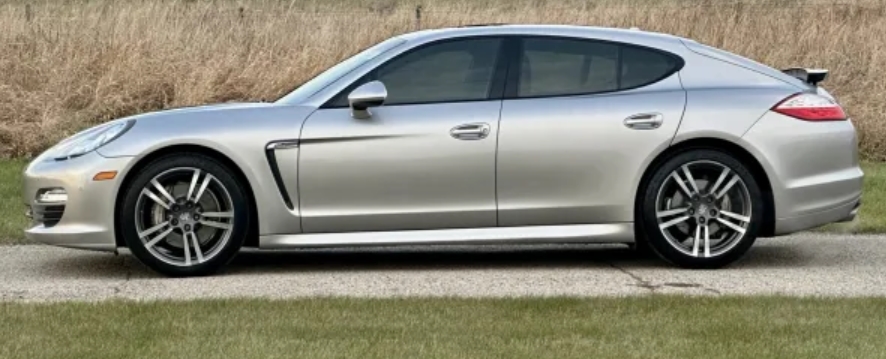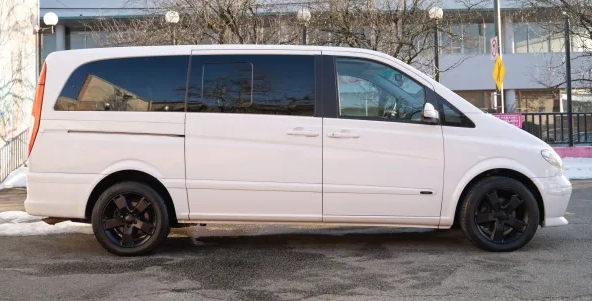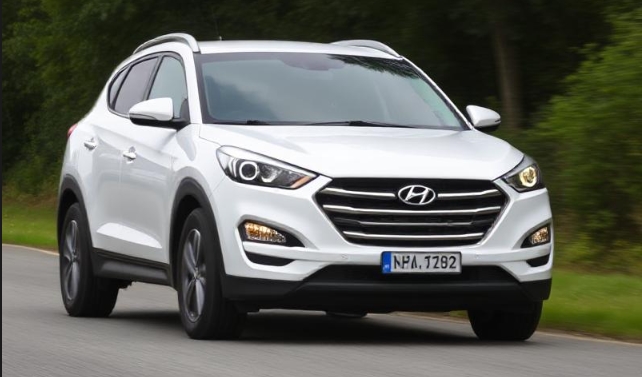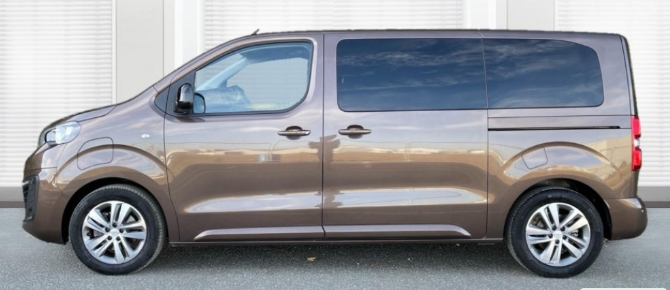The Evolution of the Porsche Panamera
The Porsche Panamera represents a significant milestone in the luxury performance sedan segment, blending Porsche’s renowned sports car dynamics with the practicality and comfort of a four-door executive vehicle. Since its debut, the Panamera has undergone multiple generational updates, each refining its design, technology, and performance. This article traces the evolution of the Porsche Panamera from its inception to the present day, highlighting production years, models, and trim levels.
Origins and First Generation (970): 2009–2016
Development and Debut
The Porsche Panamera was officially unveiled in 2009 as a groundbreaking entry for the brand into the luxury sedan market. It was designed to combine the agility and performance of a Porsche sports car with the comfort and practicality of a sedan, targeting high-end consumers seeking both daily usability and exhilarating driving experiences.
Production Years: 2009–2016
Design and Platform
The first-generation Panamera (internal code: 970) was built on the VW Group MSB platform shared with other models like the Audi A8 and Bentley Continental. The design was characterized by a long, sleek profile with a low stance, a wide rear end, and a distinctive fastback roofline. It was offered in various configurations, including rear-wheel drive and all-wheel drive versions.
Models and Trim Levels
At launch, Porsche introduced several models and trims:
- Panamera (Base): The standard model featuring a 3.6-liter V6 engine producing approximately 300 horsepower.
- Panamera 4: All-wheel drive variant of the base model.
- Panamera Turbo: Launched in 2010, featuring a 4.8-liter twin-turbo V8 engine producing 500 horsepower, emphasizing high performance.
- Panamera Turbo S: Introduced later, with a more potent version of the Turbo, offering around 550 horsepower.
Key Features and Variants
The first-generation Panamera was offered with various engine options, including naturally aspirated V6s and V8s, and a hybrid variant:
- Panamera Hybrid (2011): Known as the Panamera S Hybrid, powered by a 3.0-liter supercharged V6 combined with an electric motor, producing a total of 380 horsepower. This marked Porsche’s entry into the hybrid luxury sedan segment.
Facelift and Updates
In 2013, Porsche introduced a mid-cycle facelift, which included updated front and rear styling, improved interior features, and new technological options such as advanced infotainment systems.
Second Generation (971): 2016–2023
Introduction and Development
The second-generation Panamera (internal code: 971) was unveiled at the 2016 Geneva Motor Show and marked a significant evolution in design, technology, and performance. Built on a new modular platform, the second iteration offered improved handling, more interior space, and a broader range of models.
Production Years: 2016–2023
Design and Platform
The design was more streamlined with sharper lines, a wider stance, and a more modern aesthetic. The new platform allowed for increased interior comfort and better weight distribution, enhancing driving dynamics.
Models and Trim Levels
The second-generation Panamera expanded its lineup to include various models:
- Panamera (Standard): Featuring a 3.0-liter turbocharged V6 engine producing 330 horsepower.
- Panamera 4: All-wheel drive version of the standard model.
- Panamera 4S: Upgraded with a 2.9-liter twin-turbo V6 producing 440 horsepower.
- Panamera GTS: A sportier version with a 2.9-liter twin-turbo V6, producing around 460 horsepower.
- Panamera Turbo: Equipped with a 4.0-liter twin-turbo V8 producing 550 horsepower.
- Panamera Turbo S: The range-topping model with a 4.0-liter twin-turbo V8 generating 620 horsepower, offering blistering performance.
Plug-in Hybrid Variants
Porsche introduced several hybrid models:
- Panamera 4 E-Hybrid: Combining a 2.9-liter twin-turbo V6 with an electric motor, producing a combined 462 horsepower.
- Panamera Turbo S E-Hybrid: The most powerful hybrid, with a 4.0-liter twin-turbo V8 paired with an electric motor, delivering 690 horsepower.
Performance and Technology
The second-generation Panamera offered advanced adaptive suspension systems, Porsche Active Suspension Management (PASM), rear-axle steering, and the latest infotainment with Porsche Communication Management (PCM). The chassis improvements contributed to sharper handling and ride comfort.
Facelift and Continuous Updates
Between 2021 and 2023, Porsche released updates to refine styling, technology, and efficiency, including new driver assistance systems, upgraded infotainment, and minor aesthetic tweaks.
Third Generation (971): 2023–Present
Recent Development and Future Outlook
As of 2023, Porsche announced the third generation of the Panamera, continuing its evolution with an emphasis on electrification, technological innovation, and sustainability.
Expected Features and Models
While detailed specifications are emerging, the new generation is expected to include:
- Further refined hybrid and plug-in hybrid variants.
- Introduction of fully electric versions, aligning with Porsche’s broader EV strategy.
- Enhanced driver assistance and autonomous driving features.
- Use of sustainable materials and focus on efficiency.
.
We LOVE cars & cruising around, but sometimes day trips to explore new cities are required (with family or friends) for a spice of variety in your life!
So GO explore!
Cruises & Day/Night City Tours to: Baltimore, Boston, Chicago, Marina Del Ray, New York, Niagara, Philadelphia, San Diego, San Francisco, Toronto, Washington DC, etc.:

.
Summary of Key Models and Trim Levels Over the Years
| Generation | Years Produced | Notable Models & Trim Levels |
|---|---|---|
| First (970) | 2009–2016 | Base, 4, Turbo, Turbo S, S Hybrid, GTS (limited) |
| Second (971) | 2016–2023 | Base, 4, 4S, GTS, Turbo, Turbo S, 4 E-Hybrid, Turbo S E-Hybrid |
| Third (971) | 2023–Present | Expected to include updated hybrid, plug-in hybrid, and electric variants |
Notable Variations and Special Editions
Throughout its history, Porsche has released several special editions and performance-focused variants:
- Panamera Turbo S Exclusive Series: A limited-edition model emphasizing luxury and performance.
- Panamera Platinum Edition: Featuring unique styling cues and equipment packages.
- Panamera GTS Sport Turismo: Wagon variant emphasizing sporty styling with practicality.
- Porsche Exclusive Customization: Allowing bespoke configurations for discerning customers.
Conclusion
The Porsche Panamera’s evolution reflects its commitment to blending high performance with luxury and practicality. From its debut in 2009 to the latest models, the Panamera has expanded its lineup, introduced innovative technologies, and embraced electrification. Each generation has built upon the strengths of its predecessor, maintaining Porsche’s reputation for driving dynamics while catering to the demands of modern luxury automotive consumers. As Porsche continues to innovate with electric and hybrid powertrains, the Panamera remains at the forefront of the luxury performance sedan segment, embodying the brand’s philosophy of “driving pleasure.”







